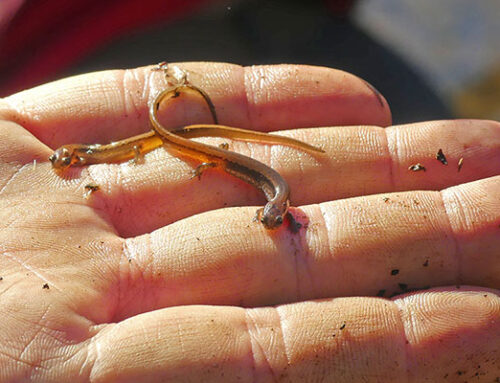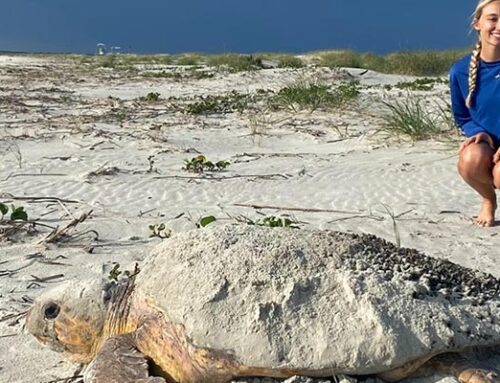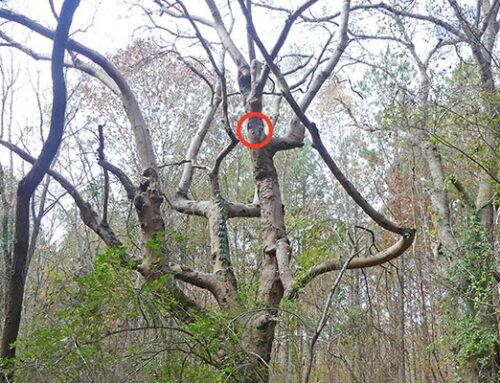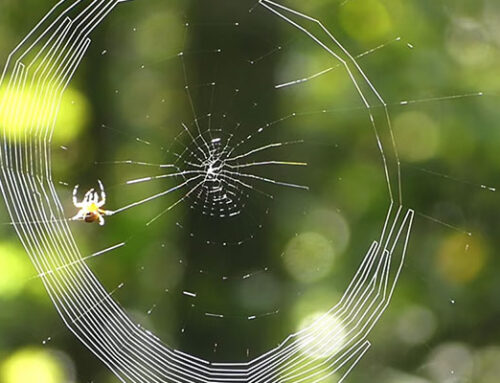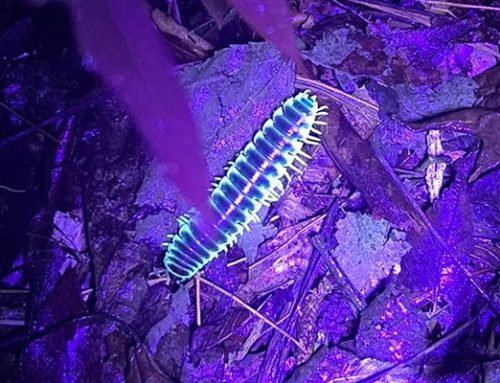Bee the Change
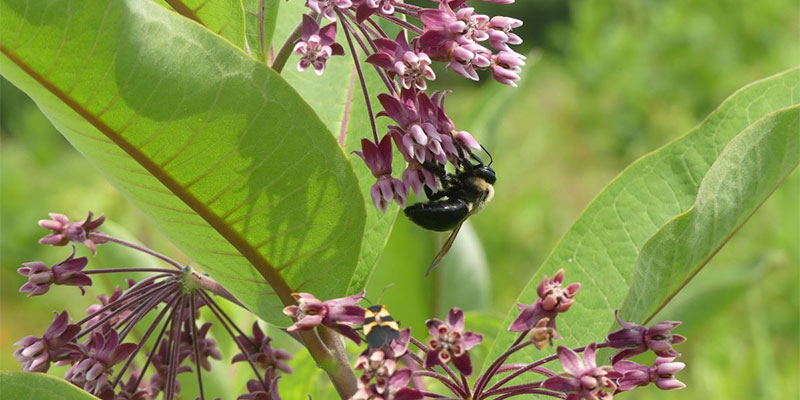
The American Bumble Bee (Bombus pensylvanicus)
Bugs, arthropods, hexapods, or creepy crawlies, no matter what you choose to call them, insects are one of the most important components of the food web feeding everything from tiny frogs to large birds. No matter where you are – the woods, a prairie, or even a city, there are insects all around you! Whether you dislike insects or love them, they are a crucial part of our ecosystem. With their collective population accounting for ~80% of the animal life on Earth, insects have a powerful impact on the environment they live in and the foods we consume. They provide essential services for free such as waste disposal, nutrient cycling, and pollination. To replace these free services would cost billions of dollars. Based on research out of Penn State University, pollinators alone have an economic value of over $34 billion. In recent years, insect populations have been rapidly declining due to the use of harsh pesticides, urban expansion, pollution, and rising temperatures. While insects face many challenges, it is not too late to lend a helping hand.
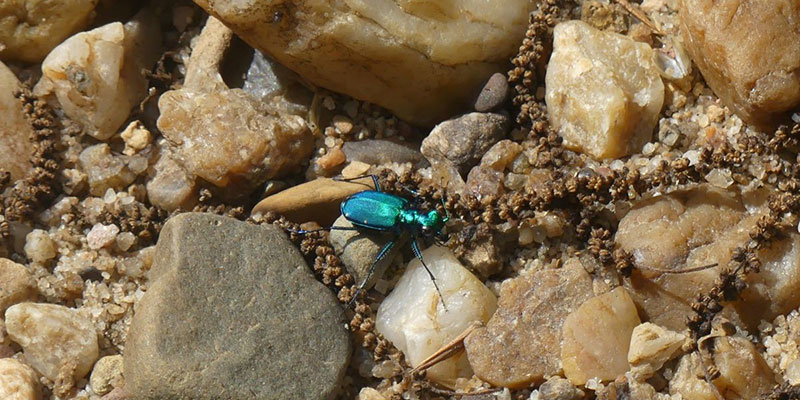
Spotted Tiger Beetle
The two biggest steps in helping your local insect populations are to create an area which can support them and to understand their importance. Insects favor various habitats, but many species often require an ecosystem with a rich and diverse population of native forbs and grasses. Native plants attract more insects than non-native plants and garden varieties. Ensuring your land has a rich and diverse native plant population is one way to provide crucial habitat and food sources for insect populations. Another easy way to ensure your land can support a large number of insects is by not using harmful pesticides or herbicides. Alternative strategies such as encouraging complementary plants to grow close together and encouraging natural predators as opposed to non-native predators can decrease invasive plant species as well as help decrease insects which can cause damage to your plants. If every landowner committed to providing a small patch of insect habitat, then insects populations could begin to recover back to a healthy level.
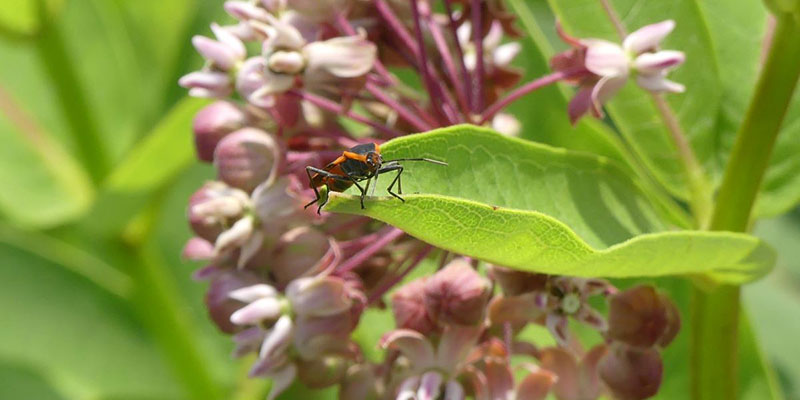
Milkweed Bug
Once you have created your insect habitat you can begin discovering which insects call your land home. With a digital camera one can capture high quality images of insects and use the images for identification purposes using various methods. Photos can be taken in their natural habitat such as on a flower, or the insect can be carefully captured in a transparent container to be photographed and released. When photographing your insect, try to gather images from various angles to ensure all of the notable characteristics are documented. Insect guides are readily available online for identification and often are free. While some insects are easier to identify than others, the exact species cannot always be determined without an expert. Reaching out to local universities, master naturalists, and local science-based groups are a few ways to receive assistance with insect identification. Some other useful identification tools include digital applications that utilize artificial intelligence to scan images, however, these are not always correct and should be closely monitored for accuracy.
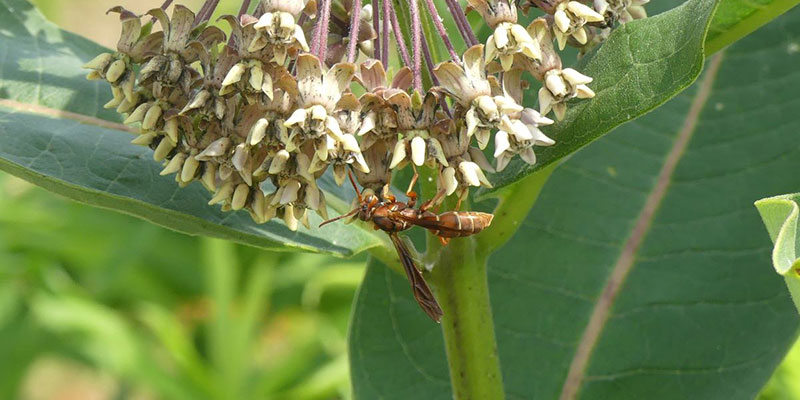
Wasp
A small patch of insect habitat can make a big impact on your local insect population, and one might be surprised to see how many different species of insects can be found on one piece of property. Carolina Wildlands Foundation summer intern and rising college freshman, Dillon Cooper, has photographed and identified over eighty-five different species of insects on the property in just two weeks. What insects will you find?
Author: Brianna Bergamini
Images: Dillon Cooper


